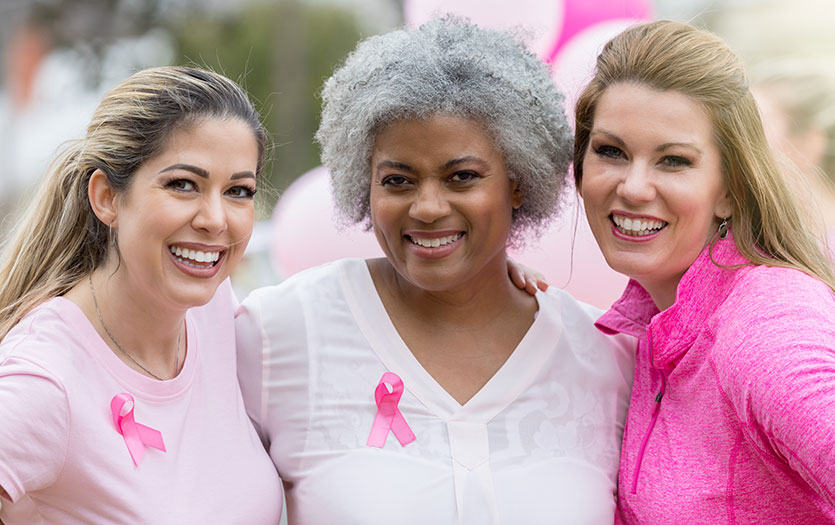
This post was written by Lindsay Roose, CNM, PPG - Midwives, Parkview Bryan Hospital.
The word midwife comes from the Middle English word midwif, which translates to "with woman." There are often many preconceived notions about the role of midwives, but the simple truth is we are here to support and improve the health of women. Here, we'll offer a closer look at who midwives are and the care that they provide.
What they do
A common depiction of a midwife that many people may recognize is their presence during labor and delivery, especially during home births.
Midwives also often work and provide various forms of care within clinical settings. In the United States, it can encompass:
-
Care during pregnancy, childbirth and the postpartum period
-
Gynecological health, sexual and reproductive health and family planning services
-
Primary care for individuals from adolescence throughout their lifespan
-
Care for healthy newborns up to 28 days old
Midwives emphasize holistic care, including mental health awareness and treatment. They utilize a shared decision-making model, providing women with more autonomy and choice in their healthcare. This framework empowers patients to make decisions about their healthcare after receiving educational information and exploring treatment options with their midwife.
Though midwifery primarily focuses on women, most midwives care for all individuals who seek their services and are inclusive of all gender identities and sexual orientations.
Education and training
Most midwives in the hospital setting are considered advanced practice registered nurses, but they are not nurse practitioners. They hold the special title of Certified Nurse Midwife (CNM). This means they were registered nurses with a Bachelor of Science in Nursing and later achieved a Master of Science in Nursing with a specialty in midwifery. As of 2025, approximately 14,200 CNMs are practicing in the United States.
There are 46 accredited schools in the United States that educate nurse midwives. When a CNM passes their midwifery program, they must take a test developed by the American Midwifery Certification Board. The CNM must maintain up-to-date practice by completing continuing education module hours every five years.
Other birth workers go by the title midwife. This includes Certified Professional Midwives (CPMs) who have a formal education in midwifery but come from a non-nursing background. Individuals who have received non-formal education are commonly known as lay midwives.
Filling the gap
There are pockets of the United States that do not have access to women's healthcare. The Centers for Disease Control and Prevention (CDC) supports full integration of midwifery care to reduce perinatal disparities and extend preventive services to underserved populations.
According to a 2021 report published by the U.S. Government Accountability Office, approximately 12% of all births in the U.S. were attended by midwives, which is about 430,000.
In midwife-attended health clinics, studies show lower rates of preterm birth or low birth weight compared to physician-only clinics. Midwifery care has also been shown to have a lower cesarean rate in low-risk births, with improved cesarean birth rates (7.8% versus 12.3%) and lower episiotomy rates (2.2% versus 3.4%).
Final thoughts
The most important thing to remember about a midwife is that they are here to support, advocate for and help improve healthcare outcomes for women. If you're interested in learning more about our midwifery program or scheduling an appointment, click here.



